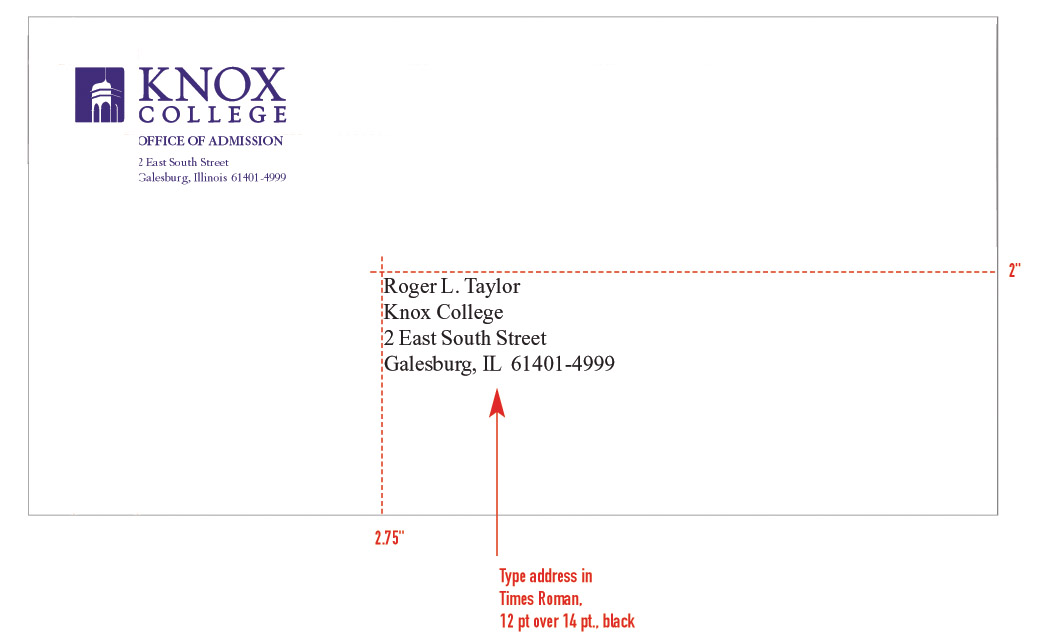

Block style is characterized by all elements being aligned on the left margin of the page. In the example below, we use block style, specifically full block style, because it’s the most popular. The most common formats for formal letter writing are block style and American Mathematical Society, or AMS, style. In fact, there are a few different “correct formats” to choose from. Because they’re sometimes used as official documents, formal letters have a very precise structure and particular format. AMS styleįormal letters-like cover letters, business inquiries, and urgent notifications- are some of the most important letters you’ll ever have to write. Each has a distinct format you’ll want to follow.

Before writing a letter, consider the type of letter you need: formal or informal. These are just some of the types of letters that you might need to write in a casual or professional environment. When used for professional purposes, writing a formal letter is effective for the following: However, for business contacts or people you don’t know well, a typed formal letter is almost always the most appropriate choice. There are different types of letters that are appropriate for this format. For a friend or close relative, a casual message or informal letter is usually the best way to go. The most suitable letter format depends on your audience. Sign your name under the complimentary close.On a new line write a complimentary close, such as “Sincerely,” or “Best,”.Write the body of your letter in a standard paragraph format.On a new line write a salutation, such as “Dear Ms.Write your contact information and date at the top if you’re using block style (see below).Choose your format (email, paper and mail, etc.).
#Let up envelope letter format how to#
Here are some quick steps for how to write a letter: Grammarly helps you communicate confidently Write with Grammarly How to write a letter


 0 kommentar(er)
0 kommentar(er)
